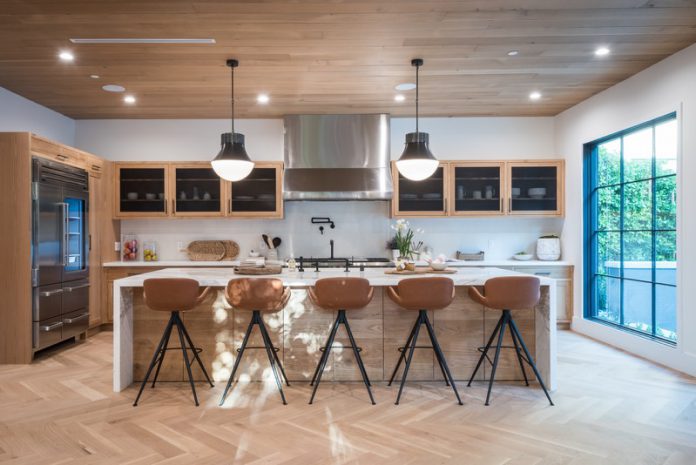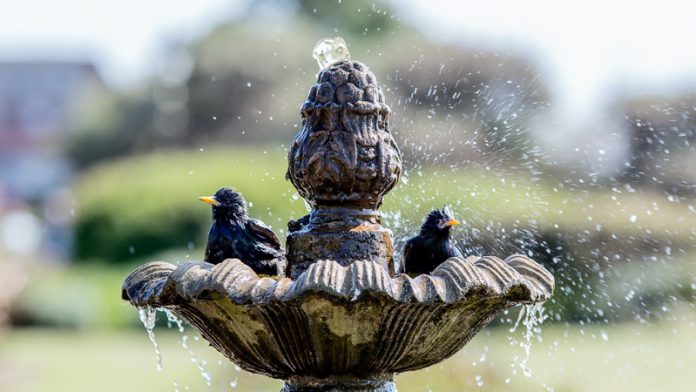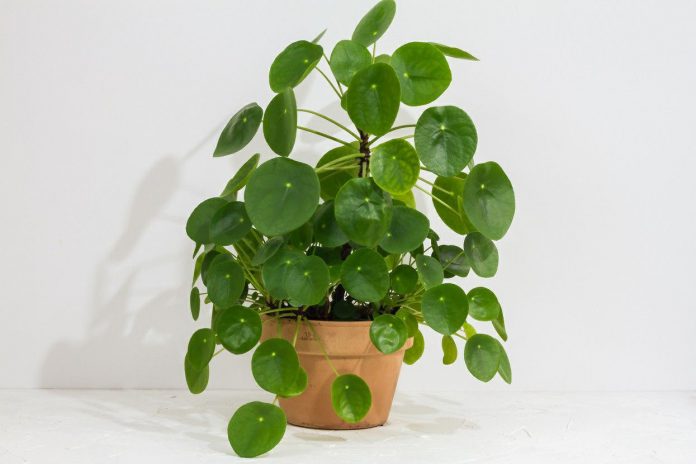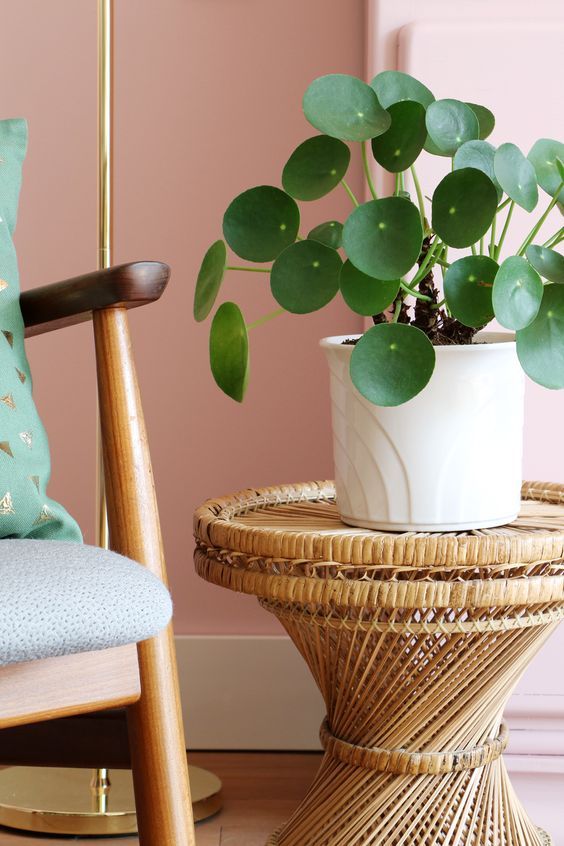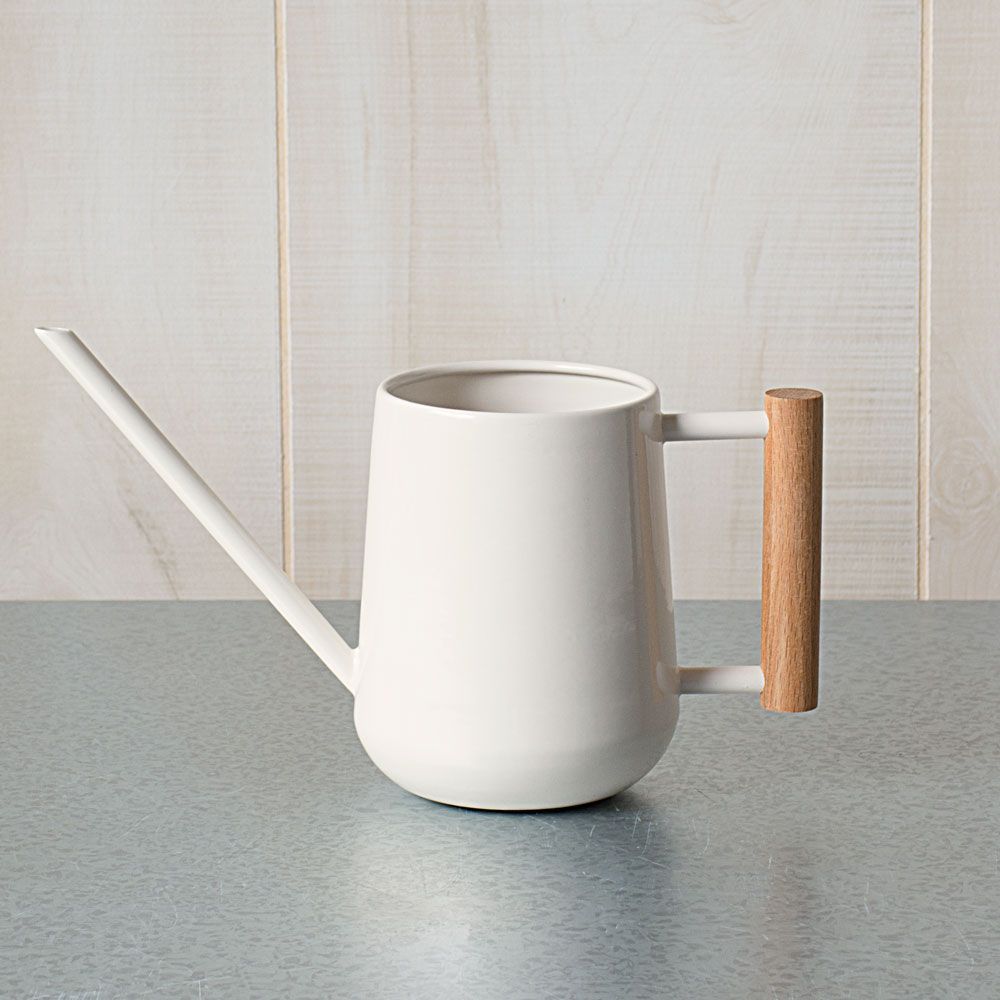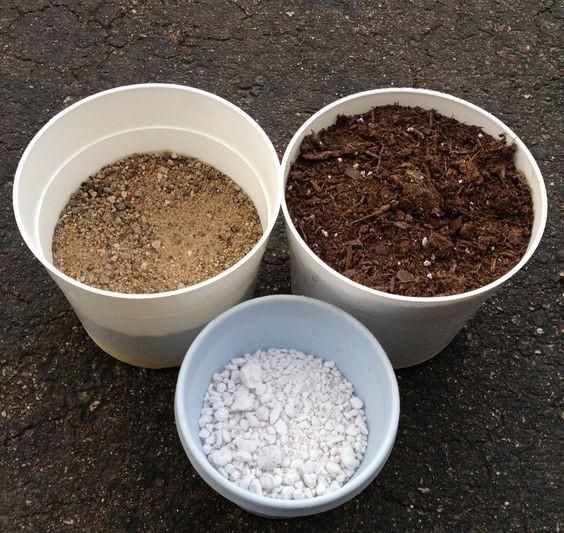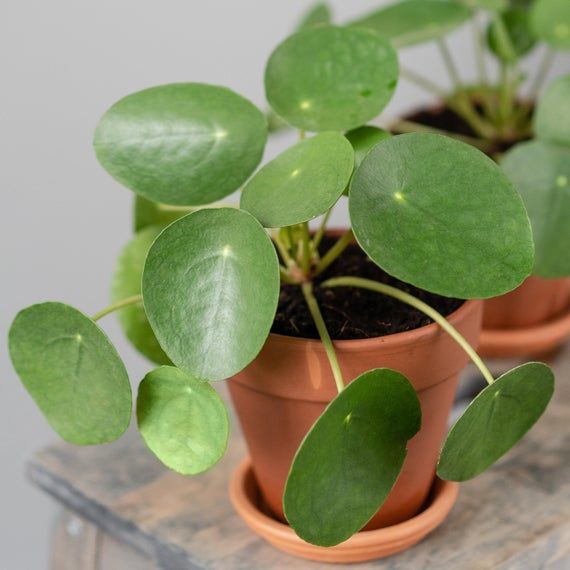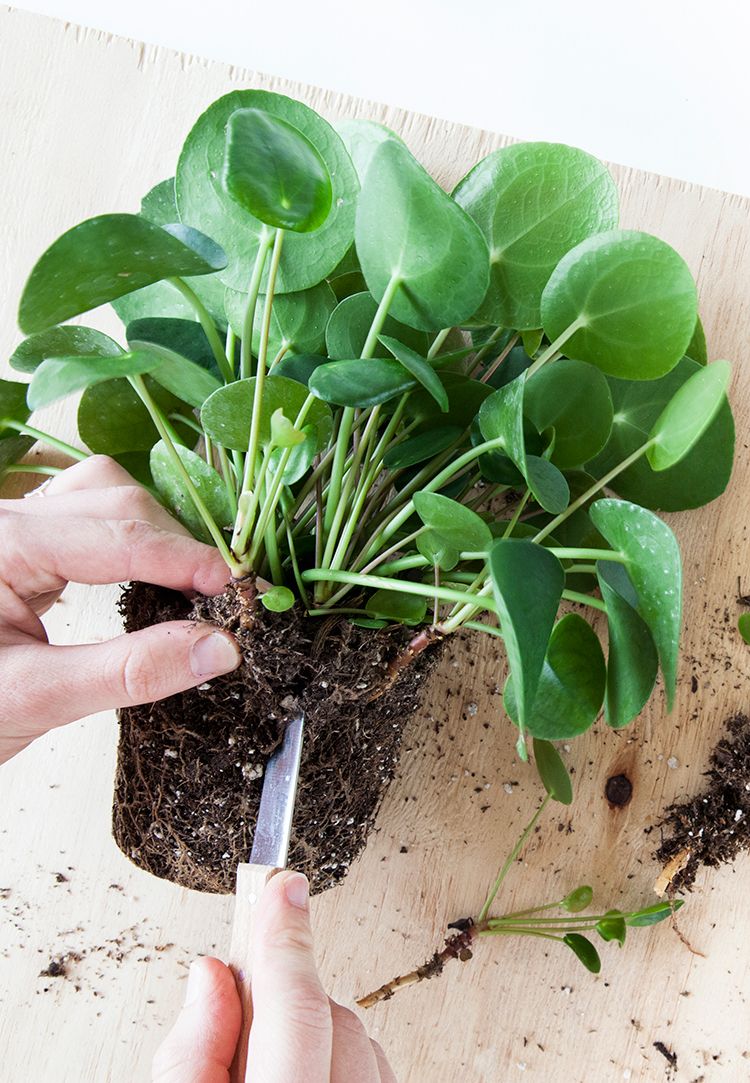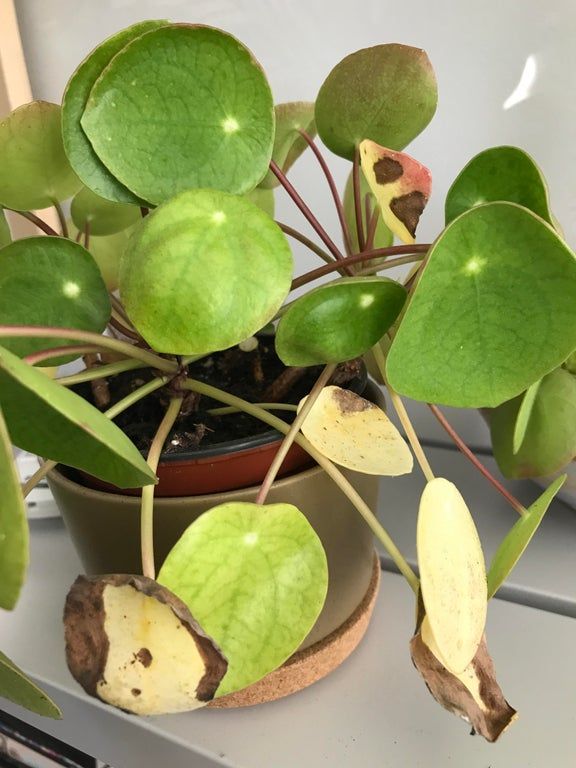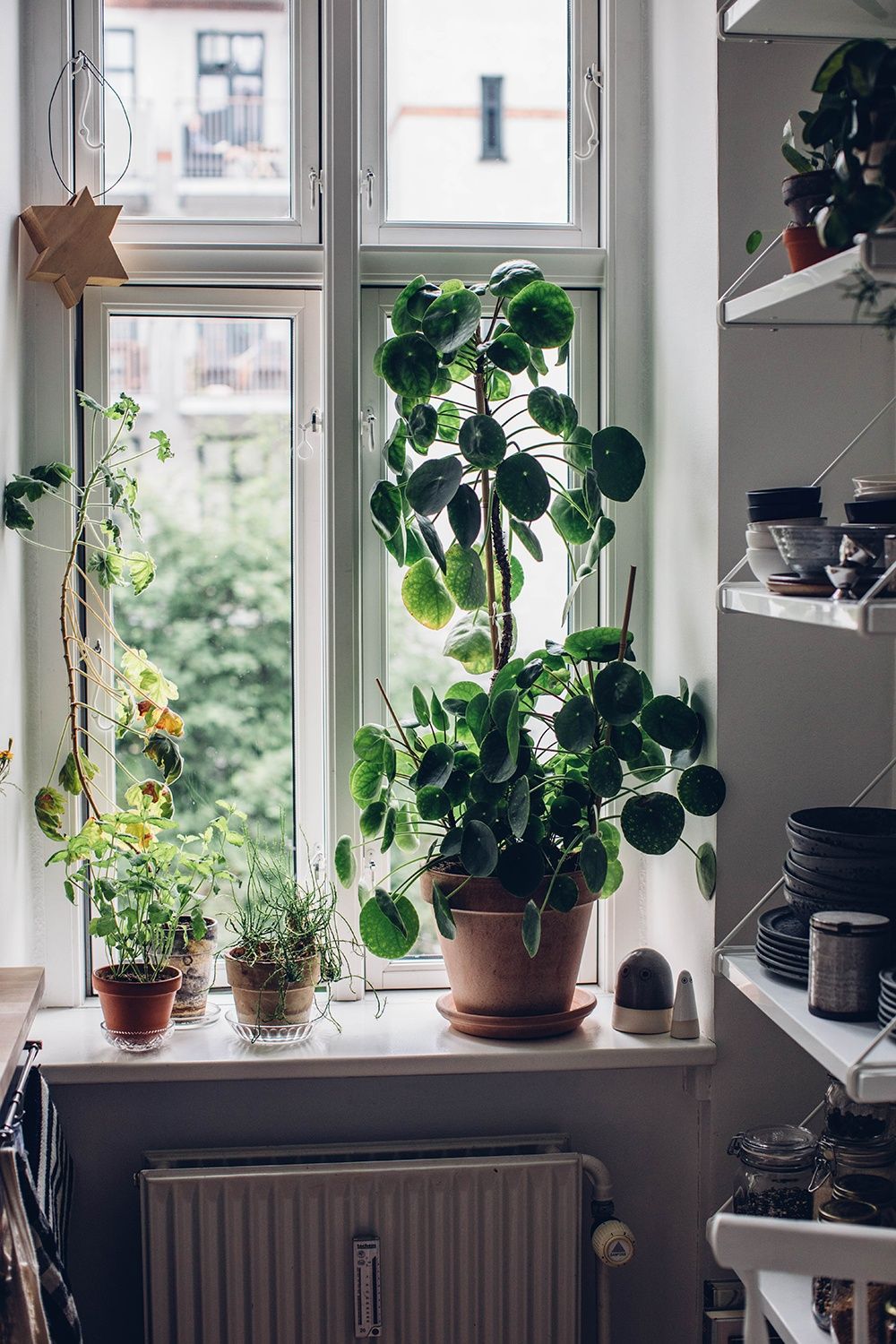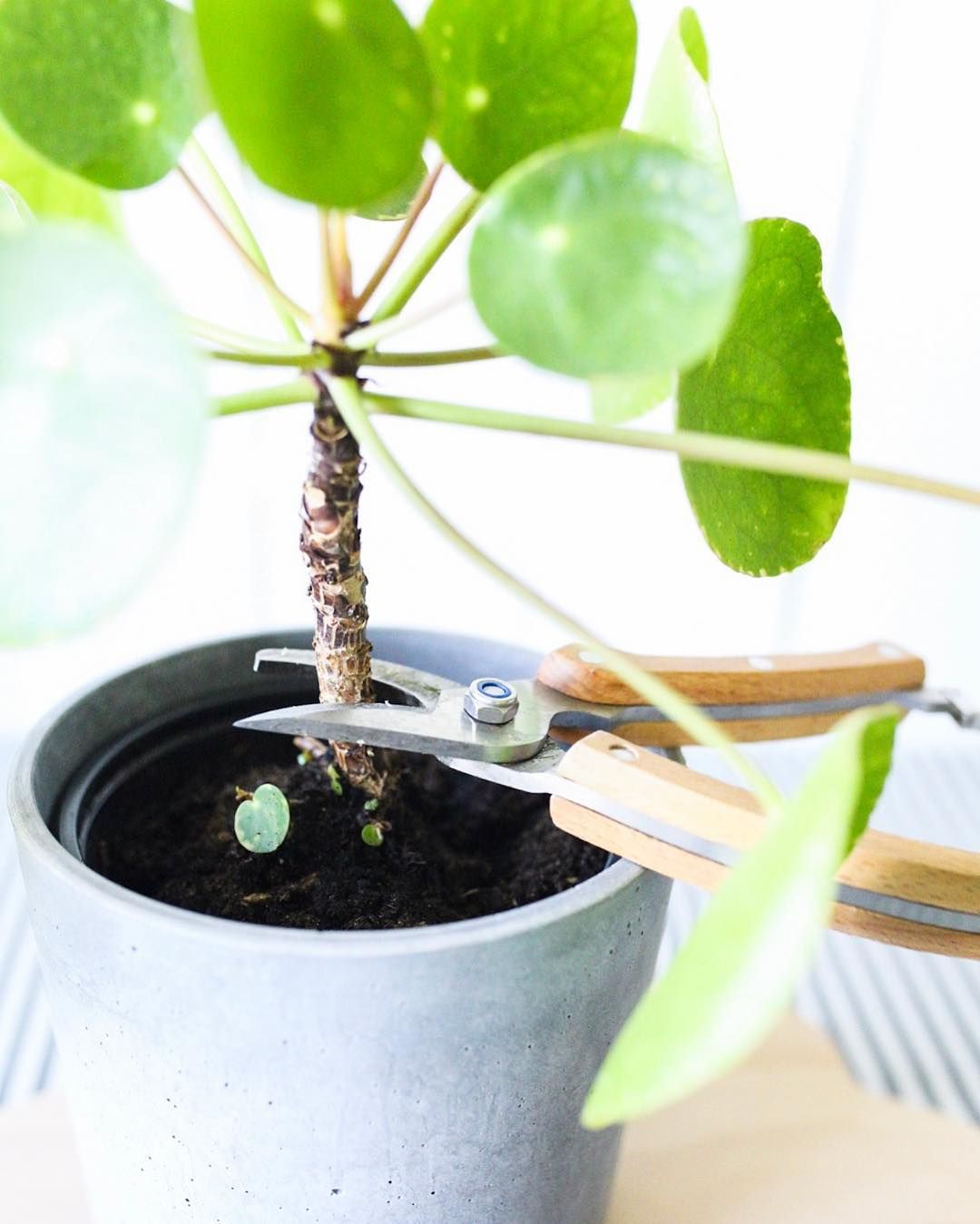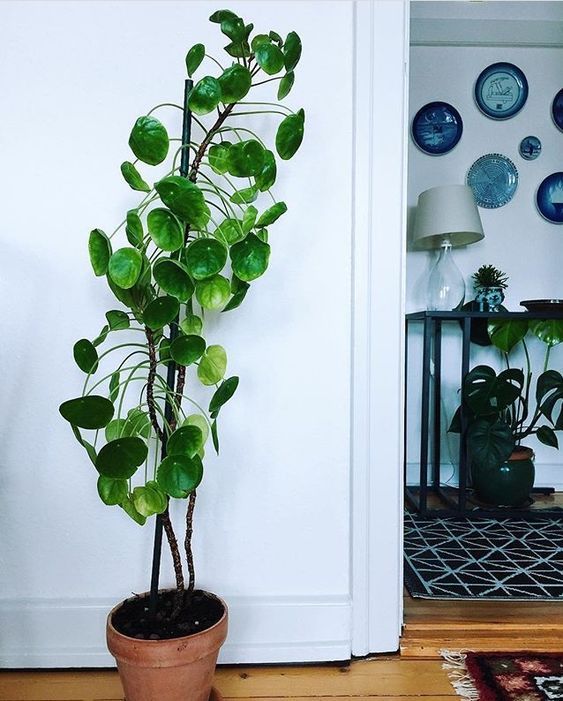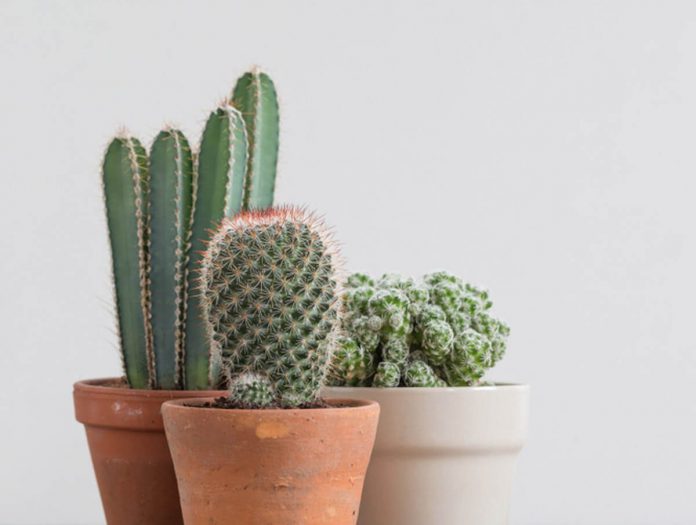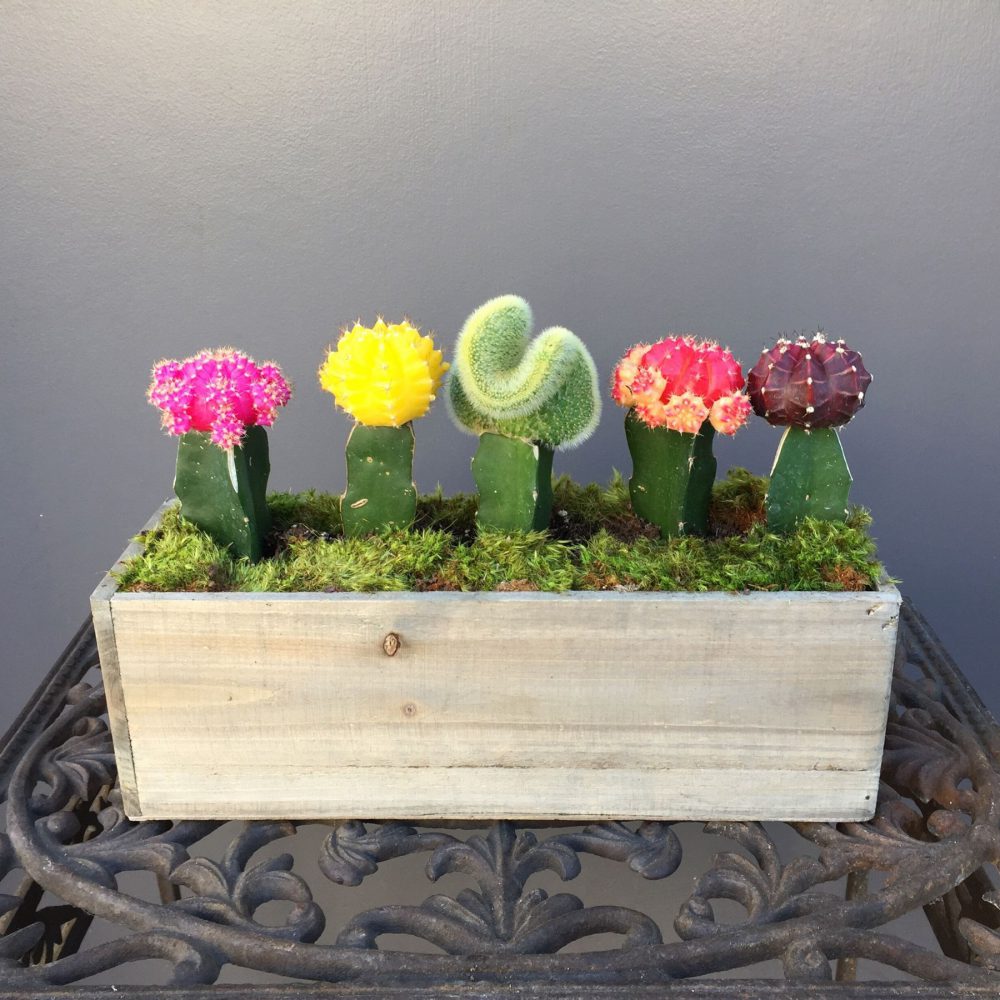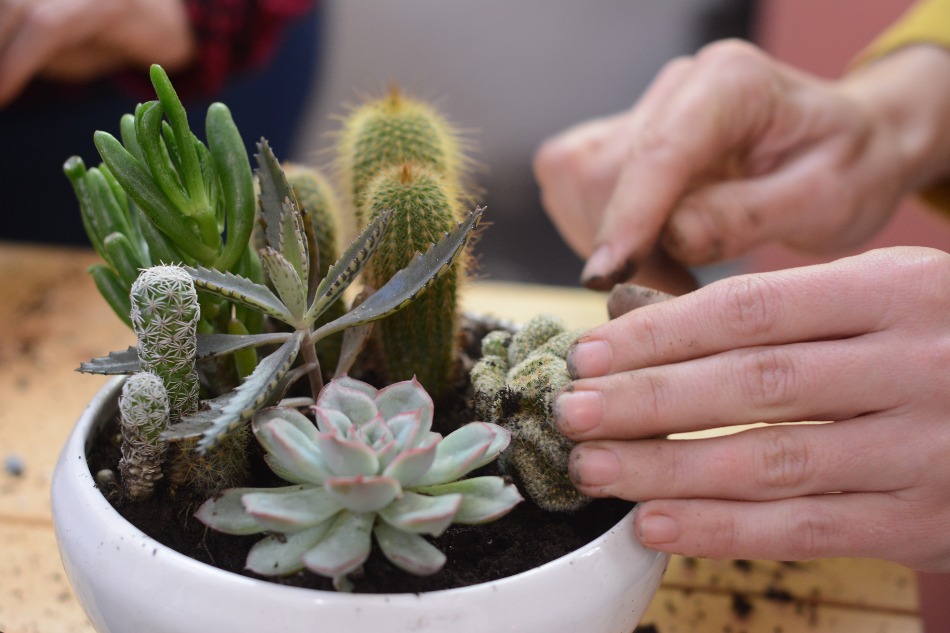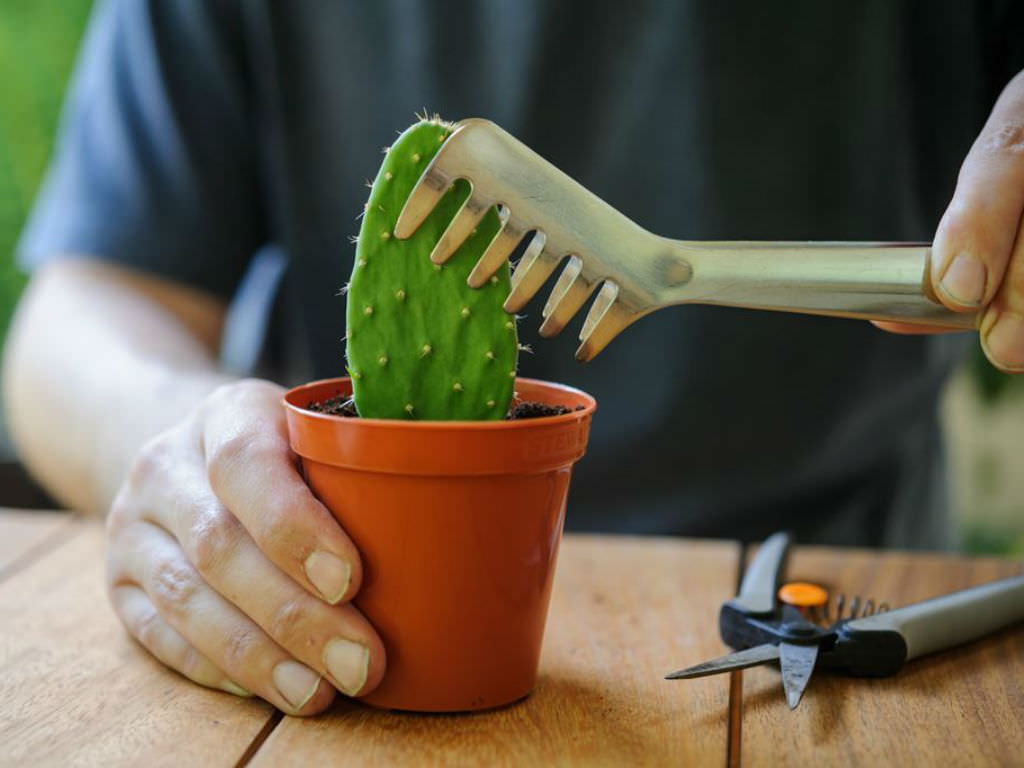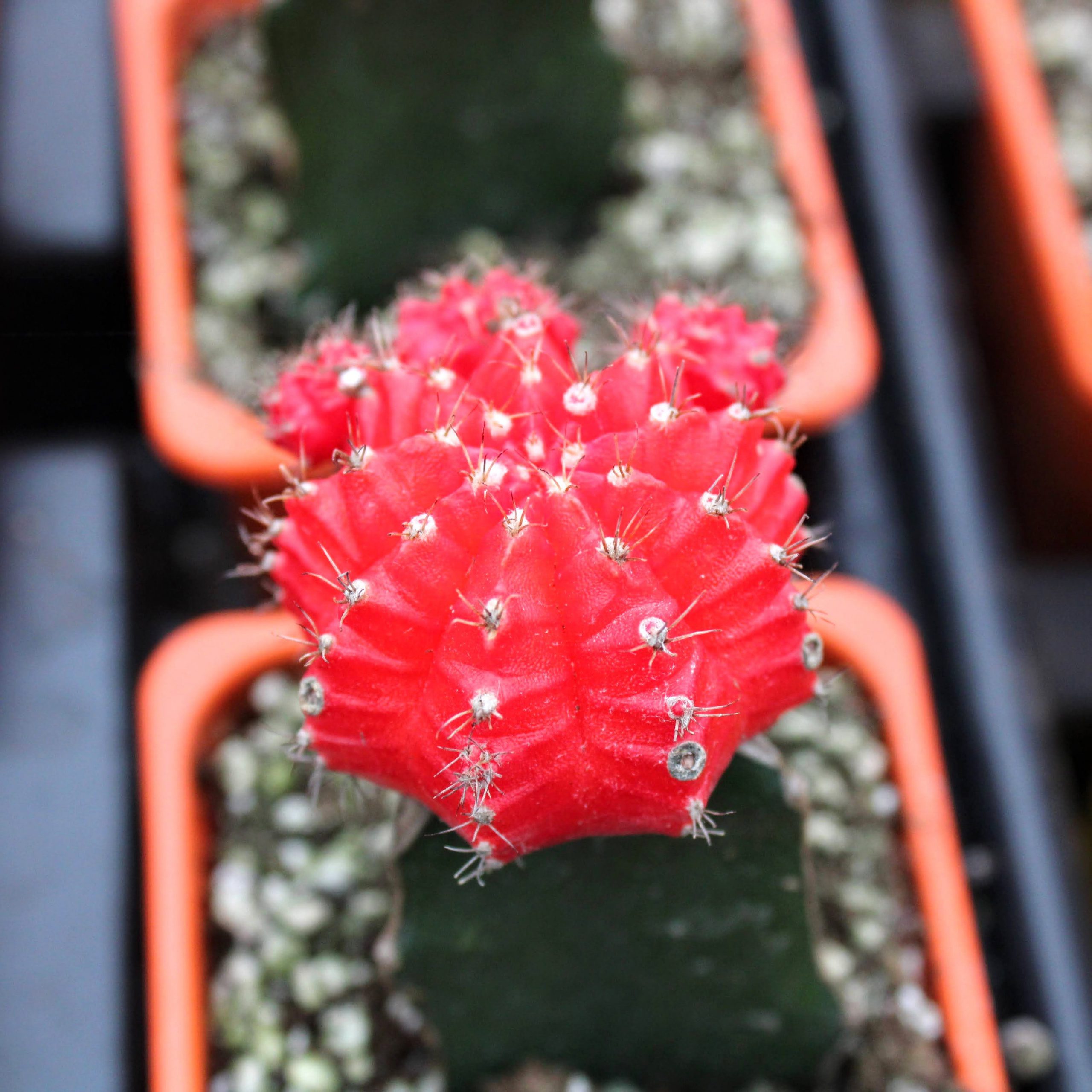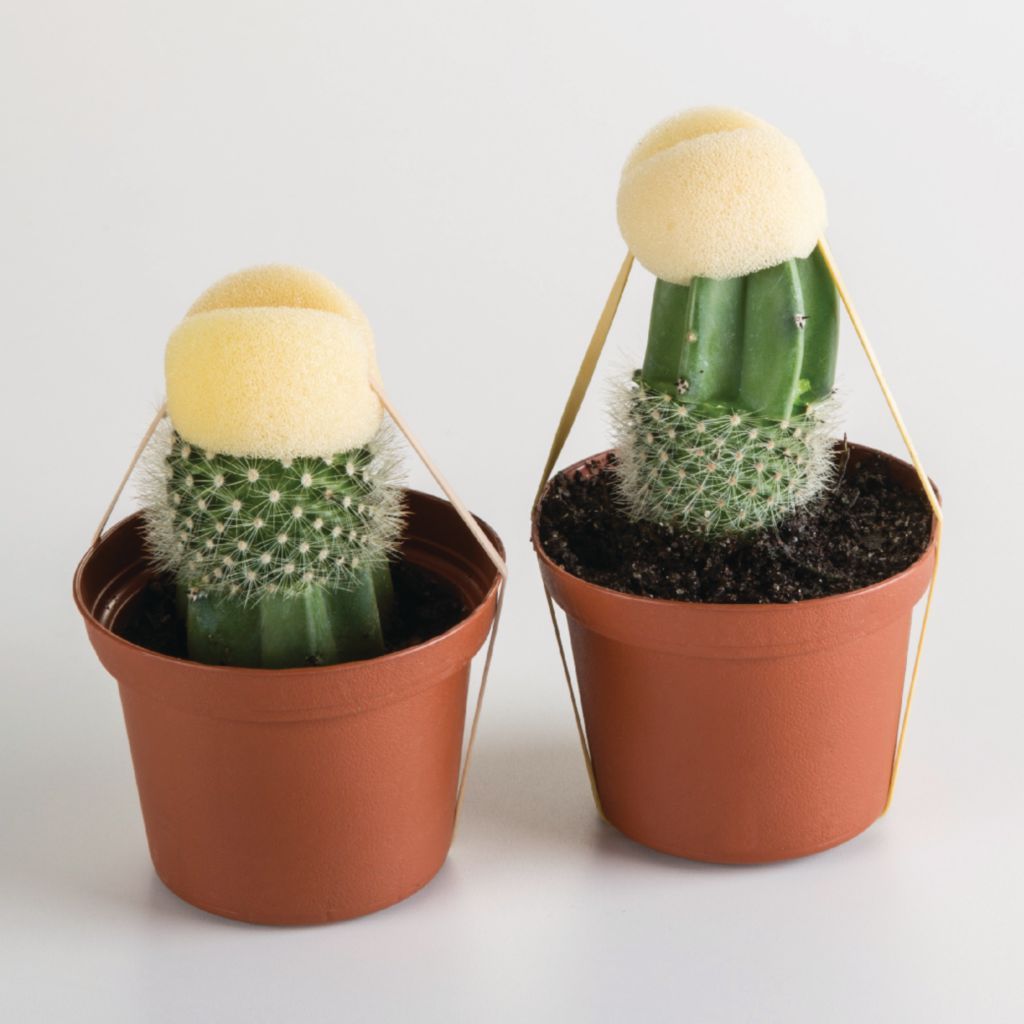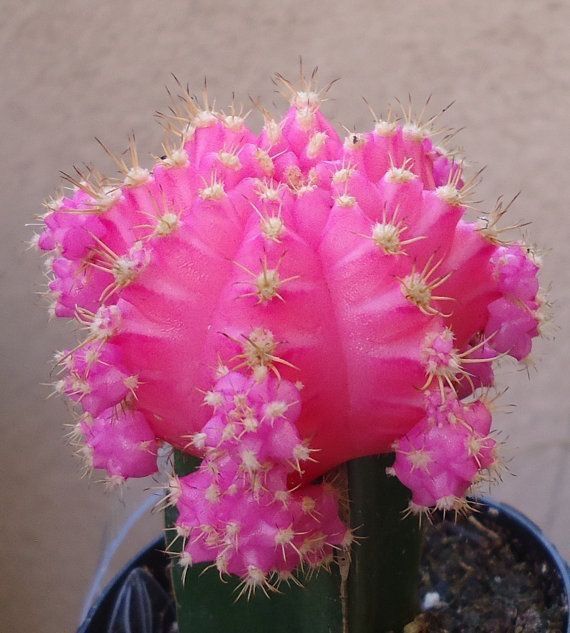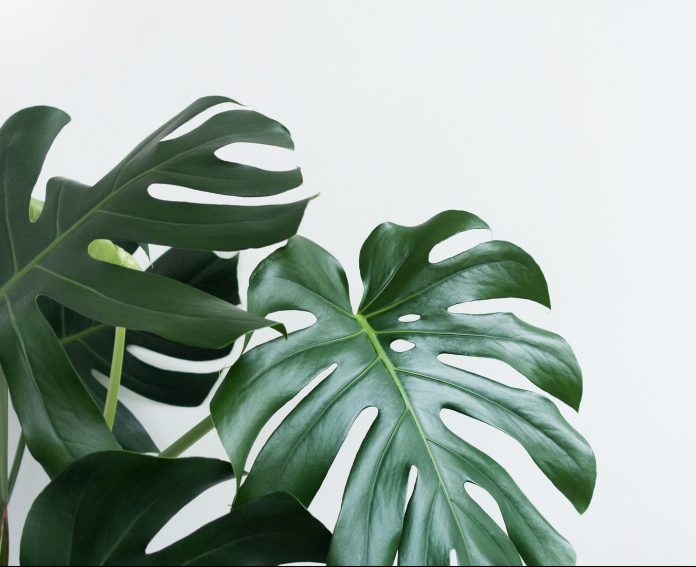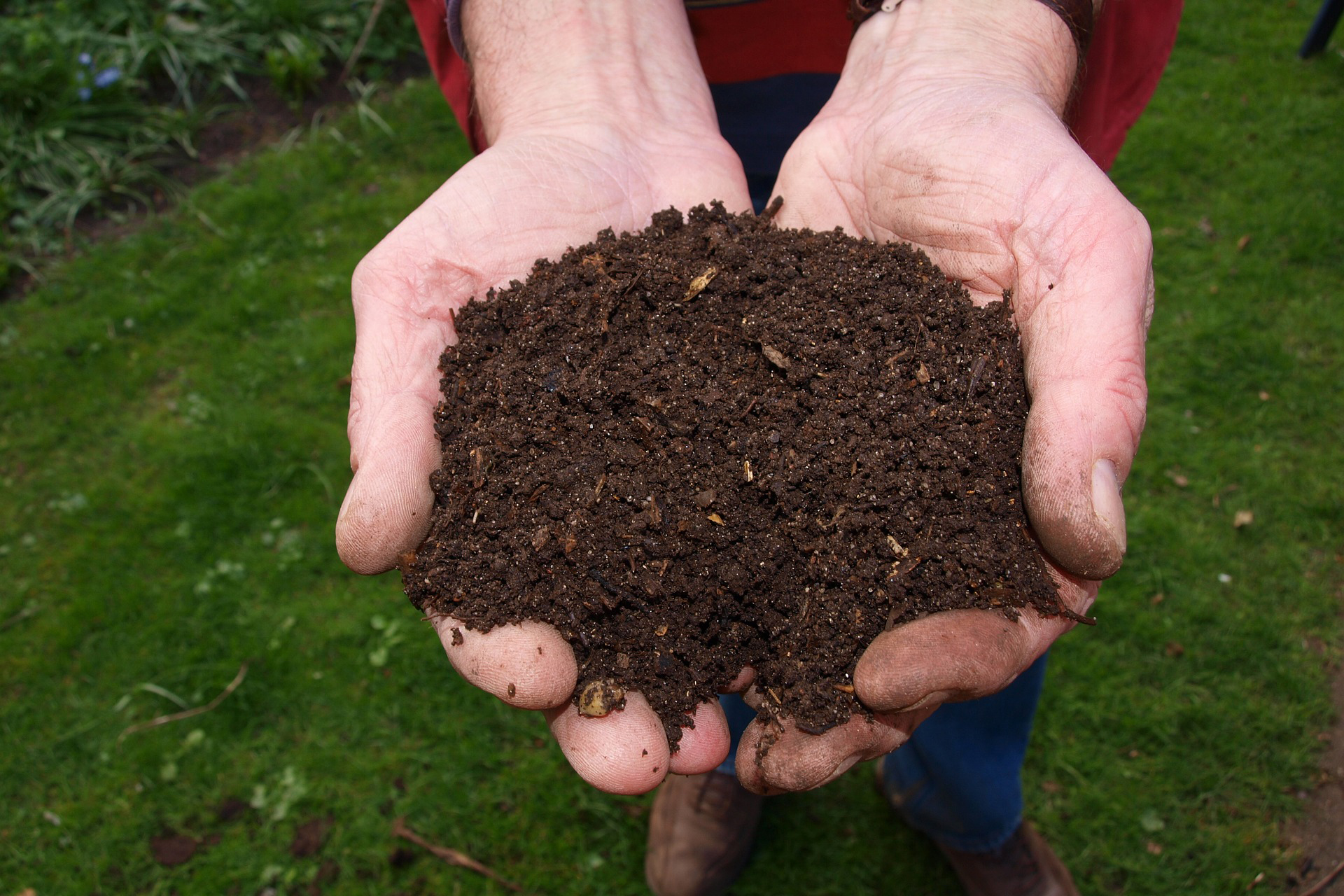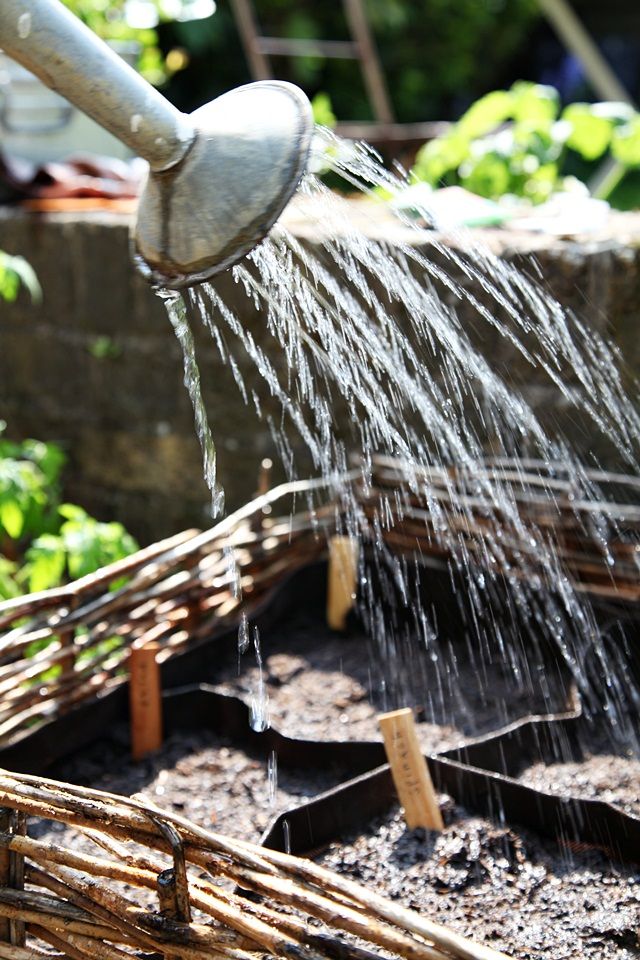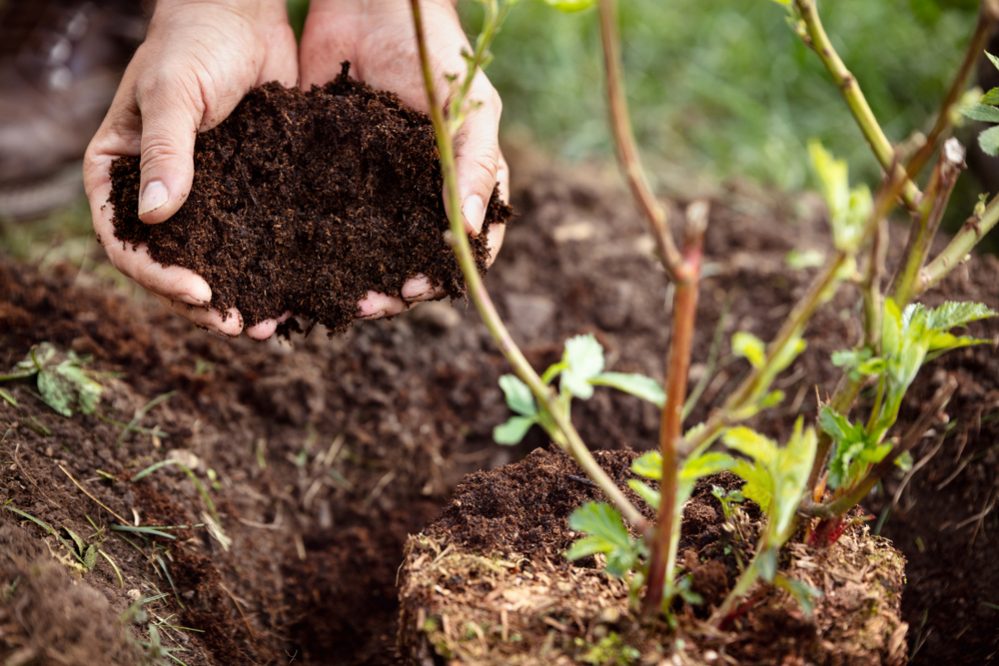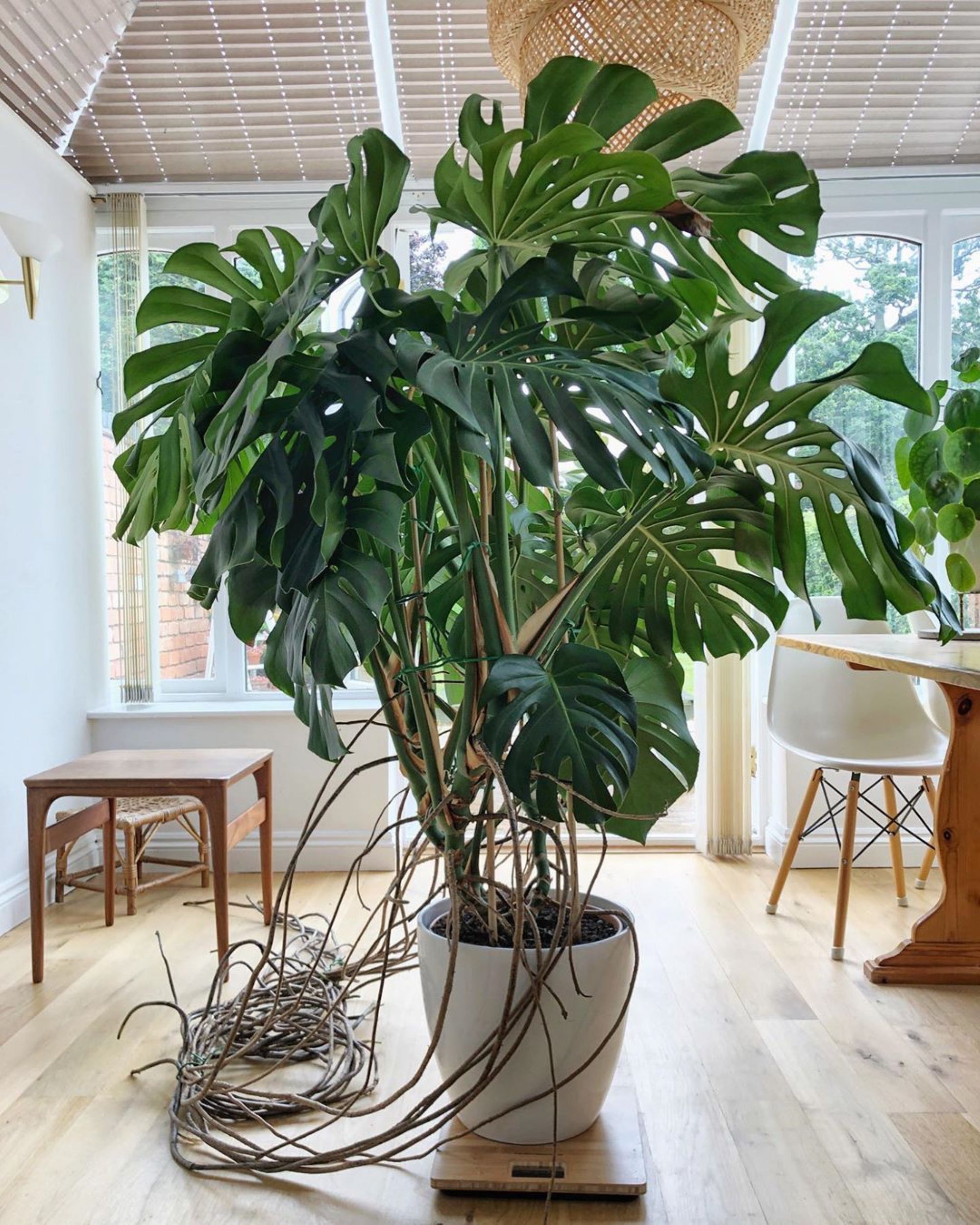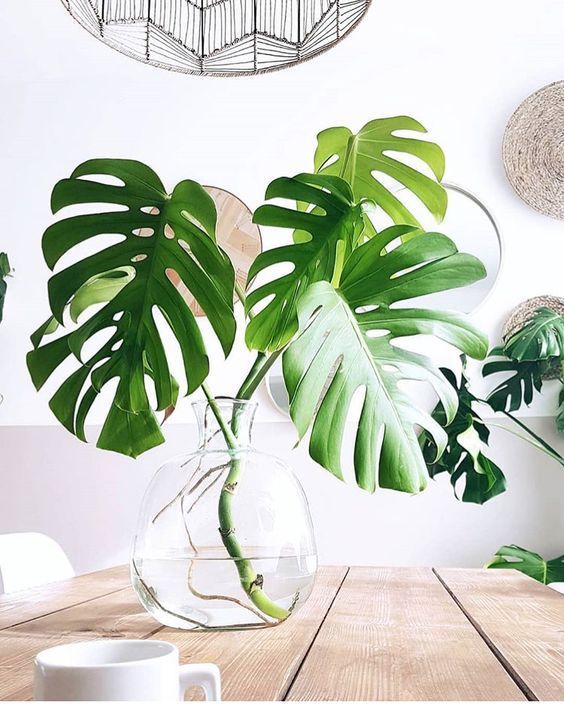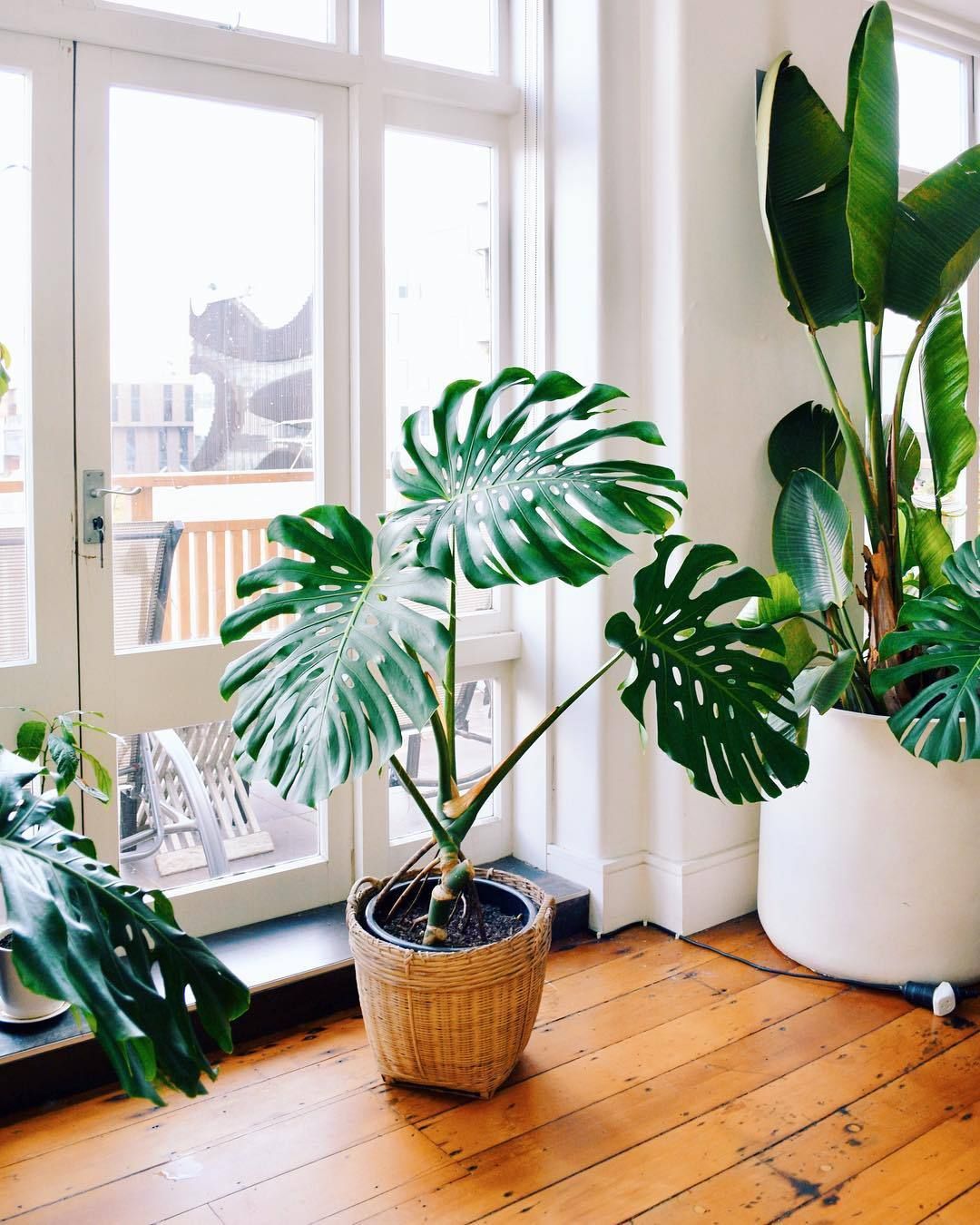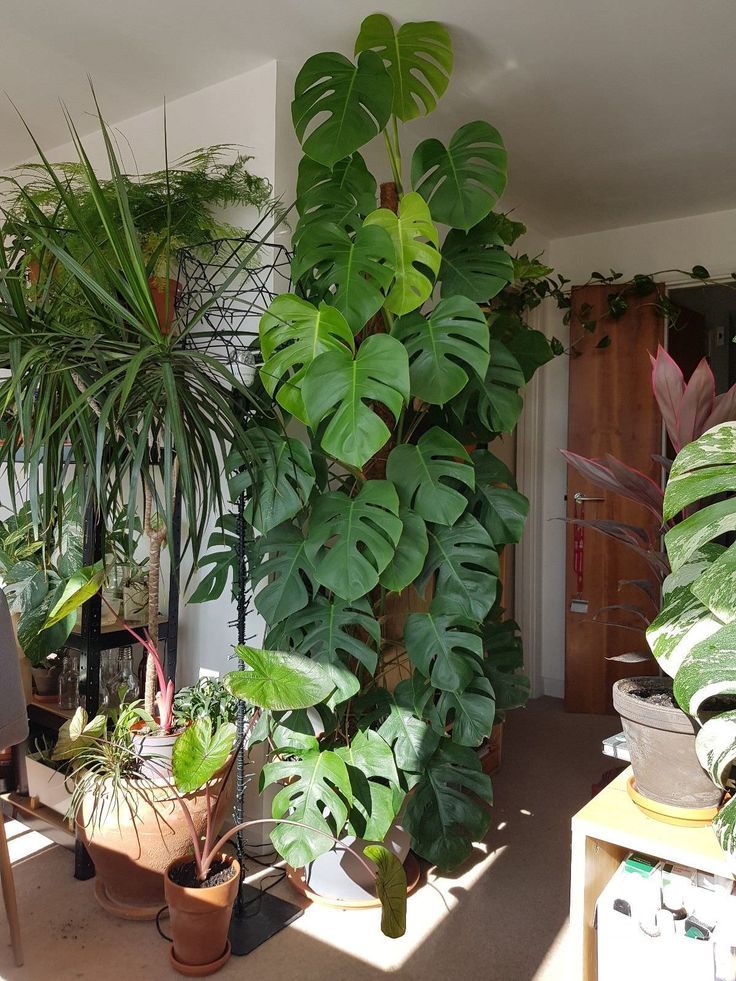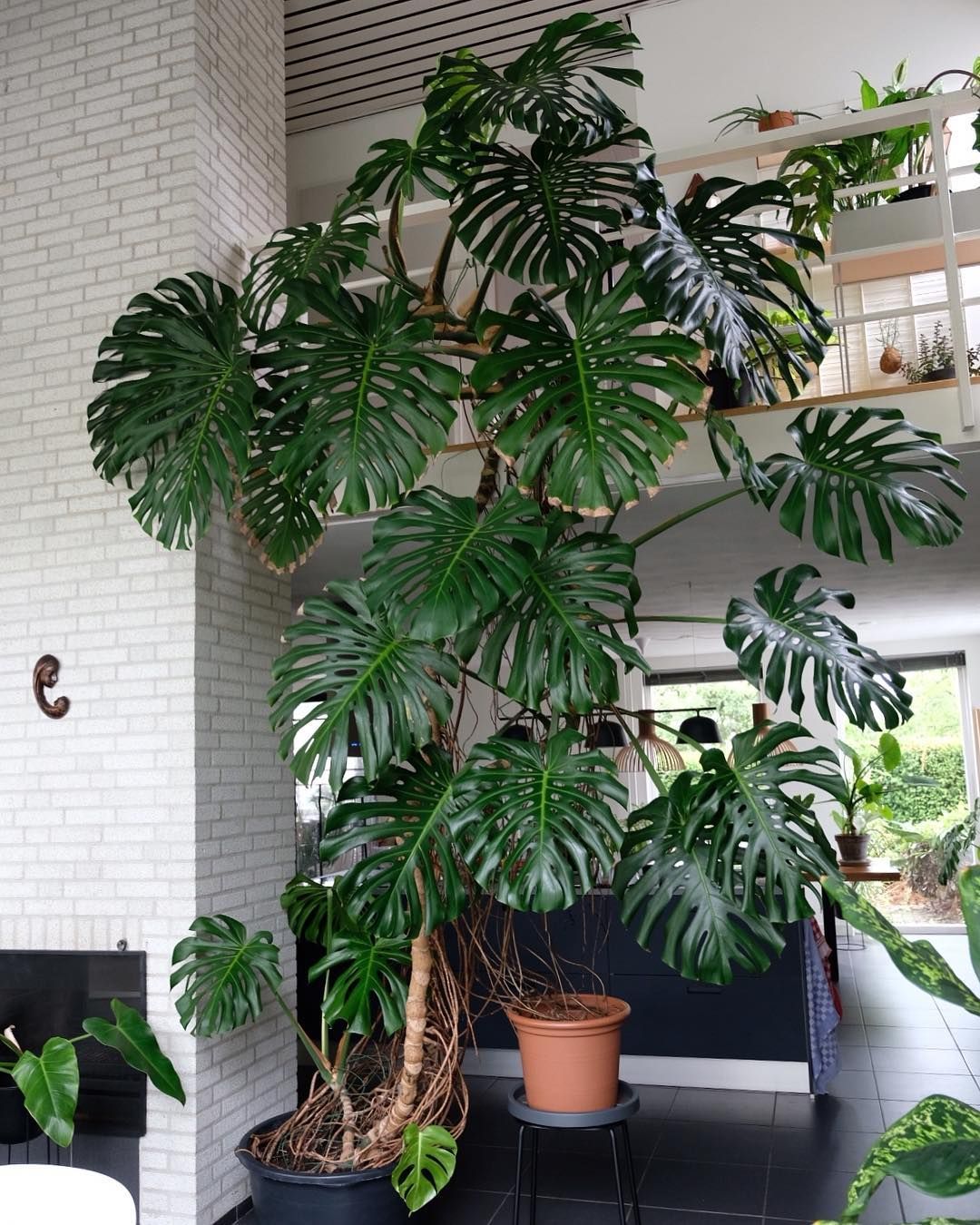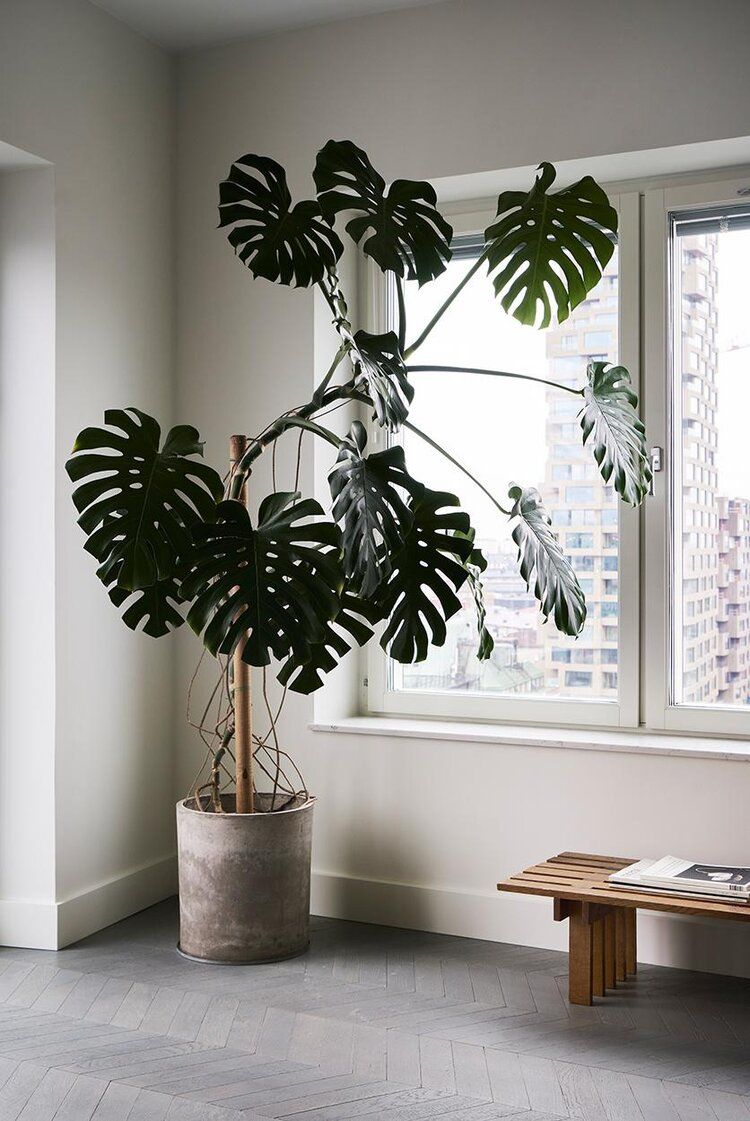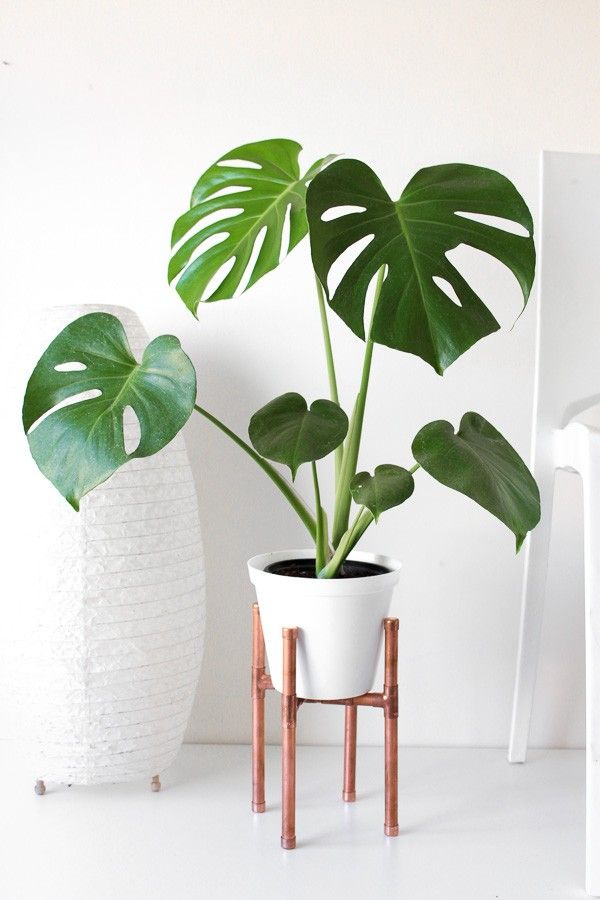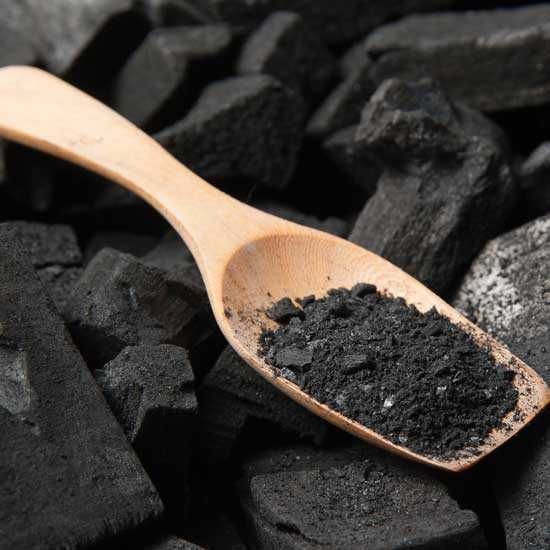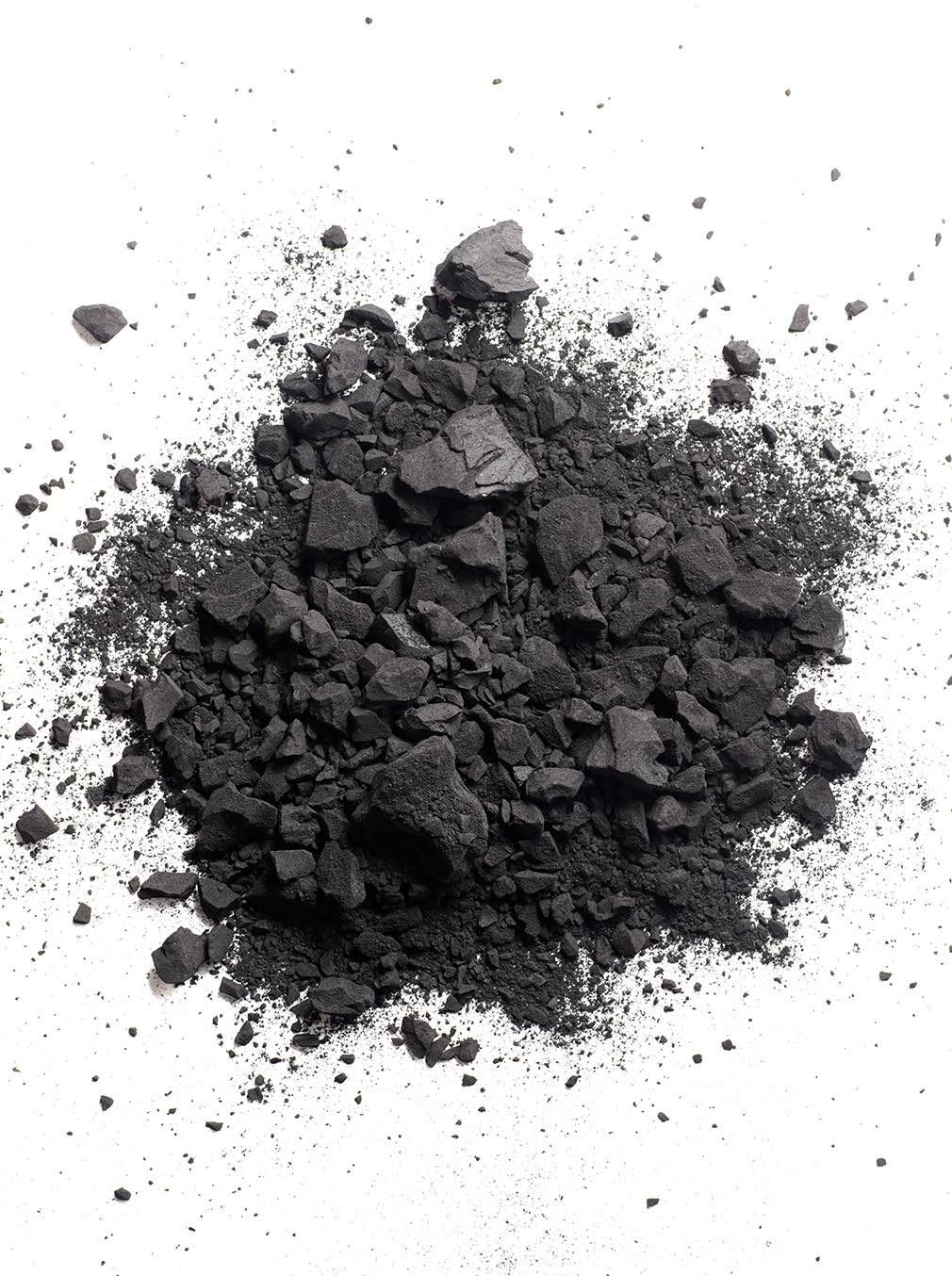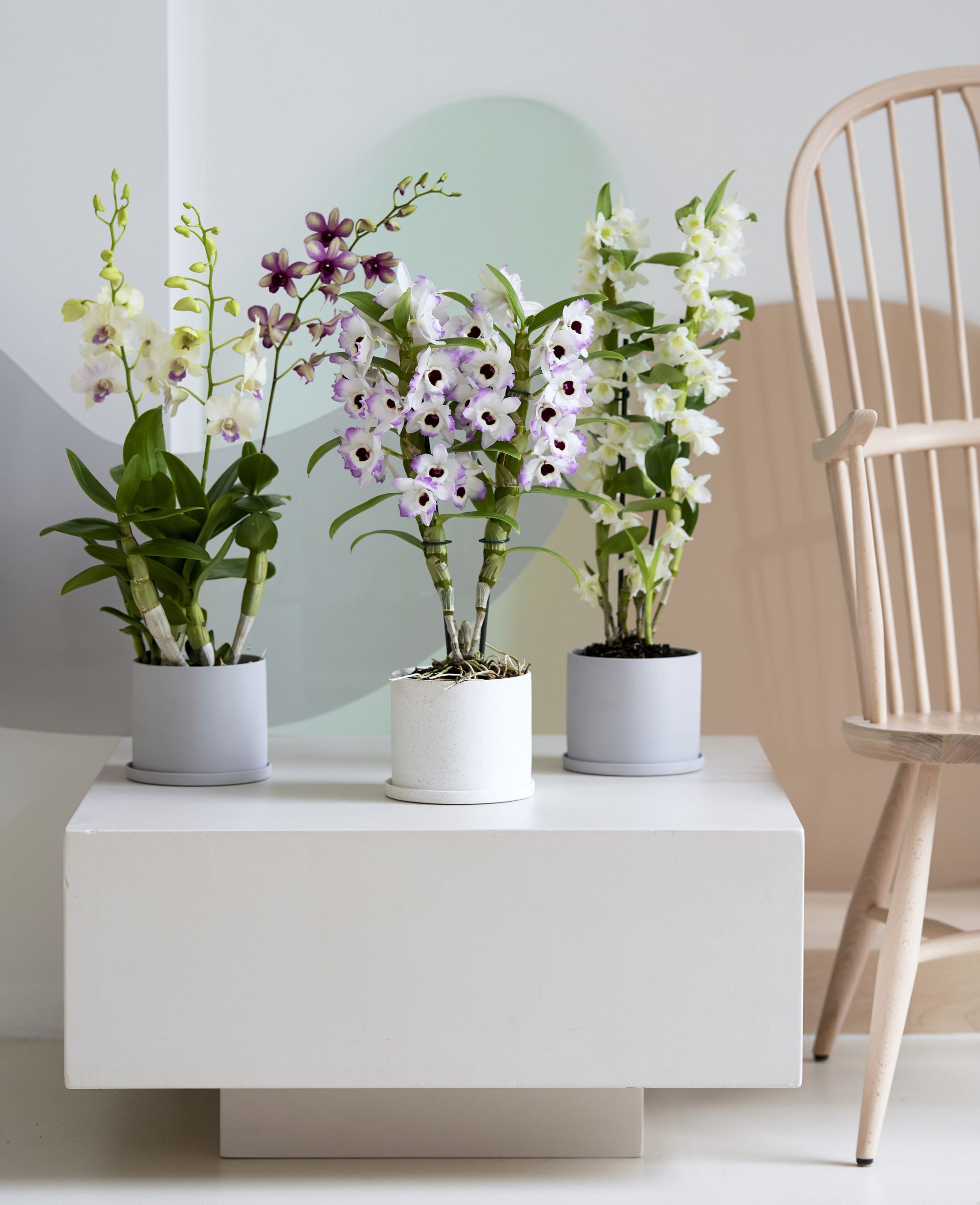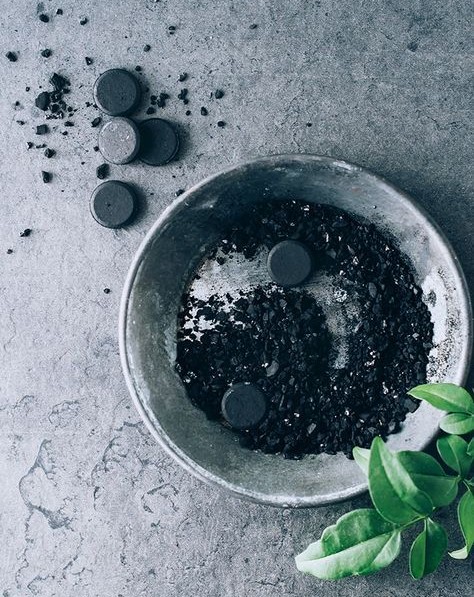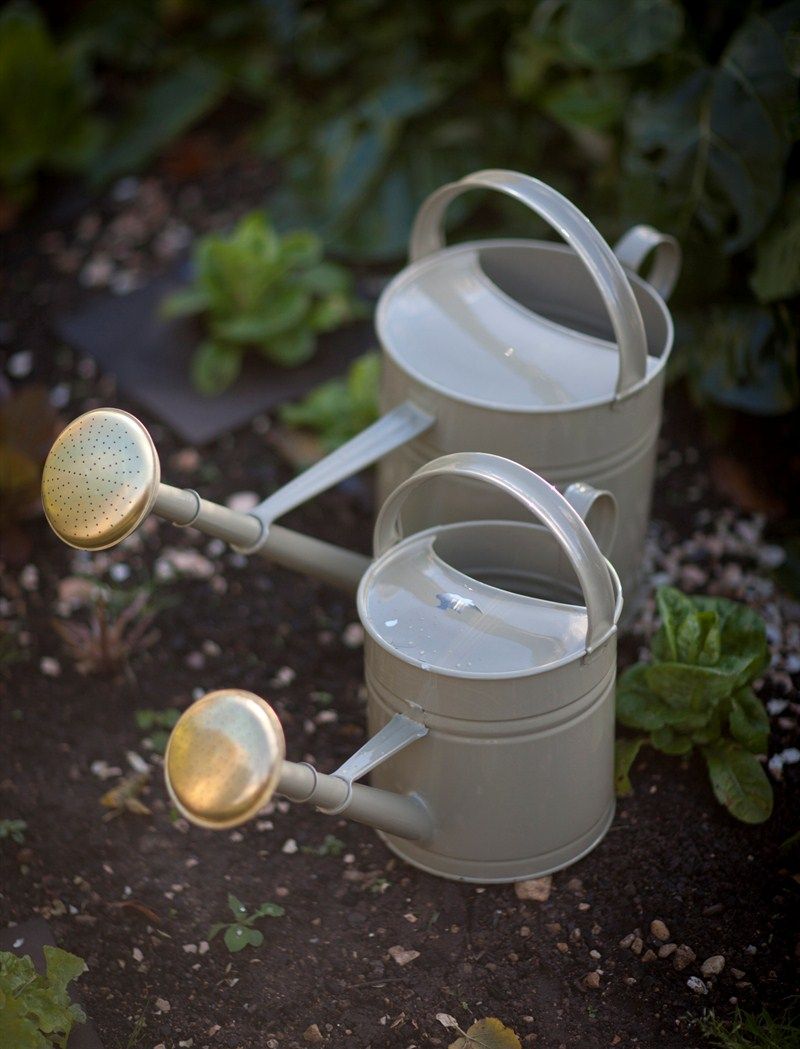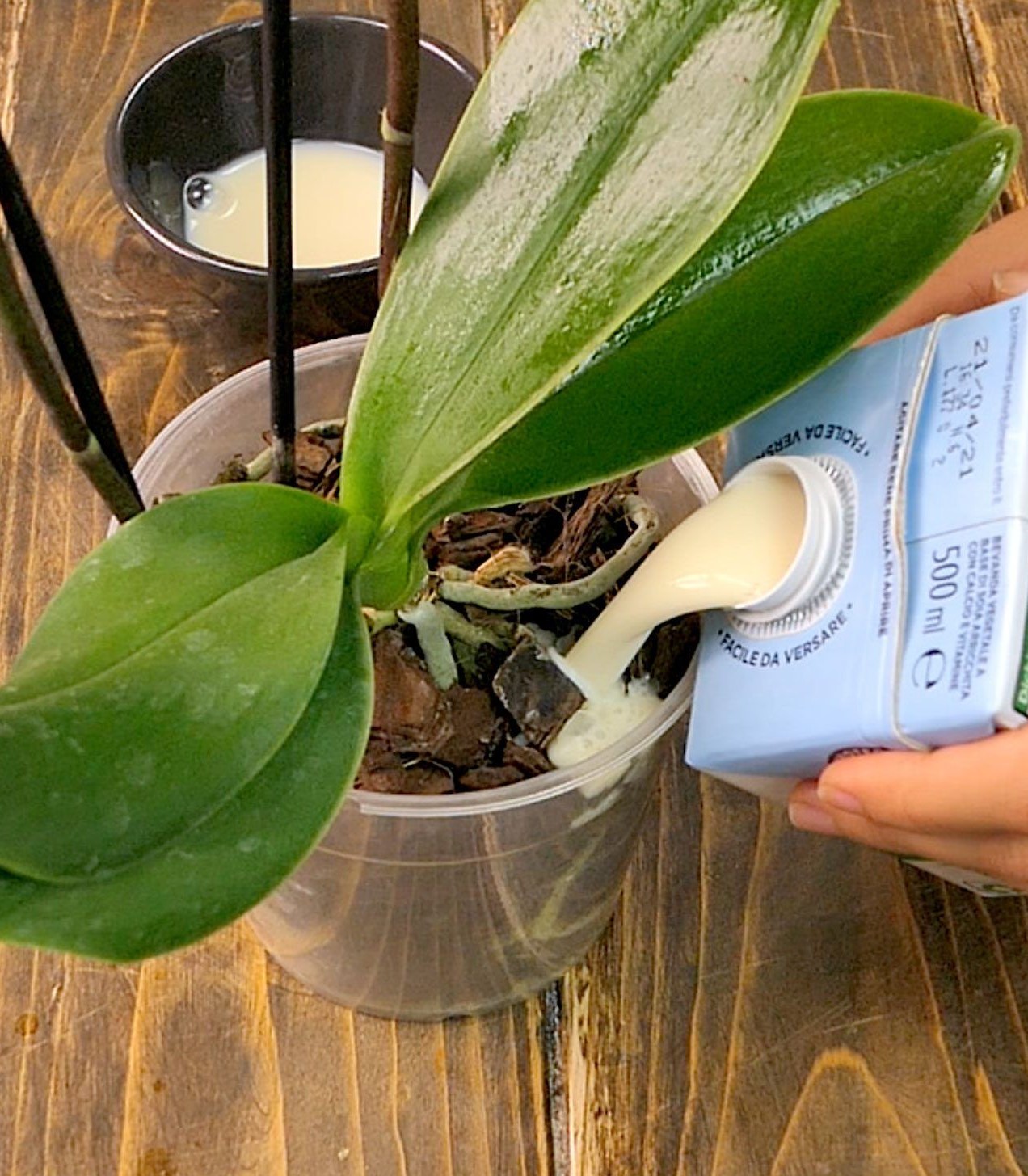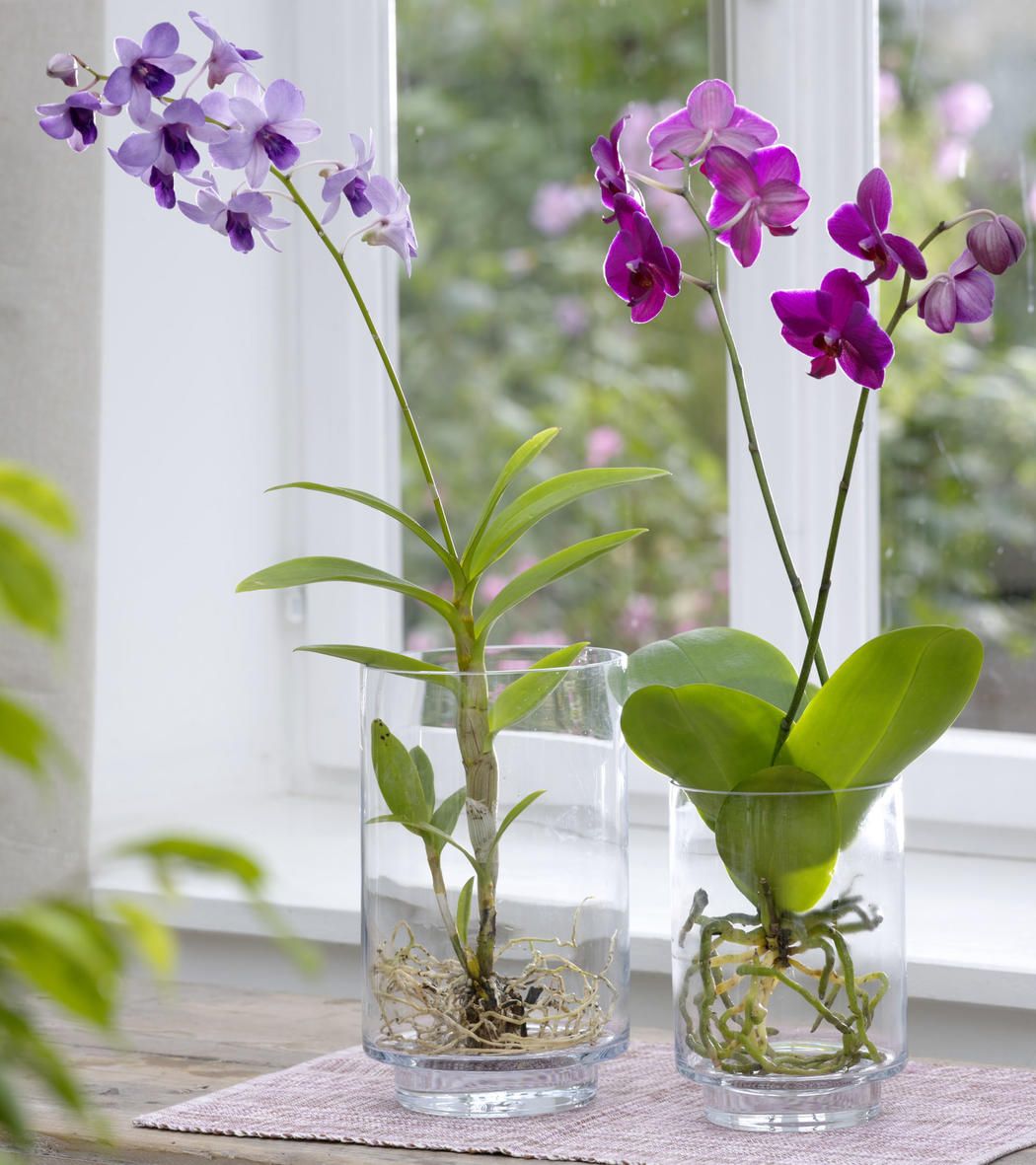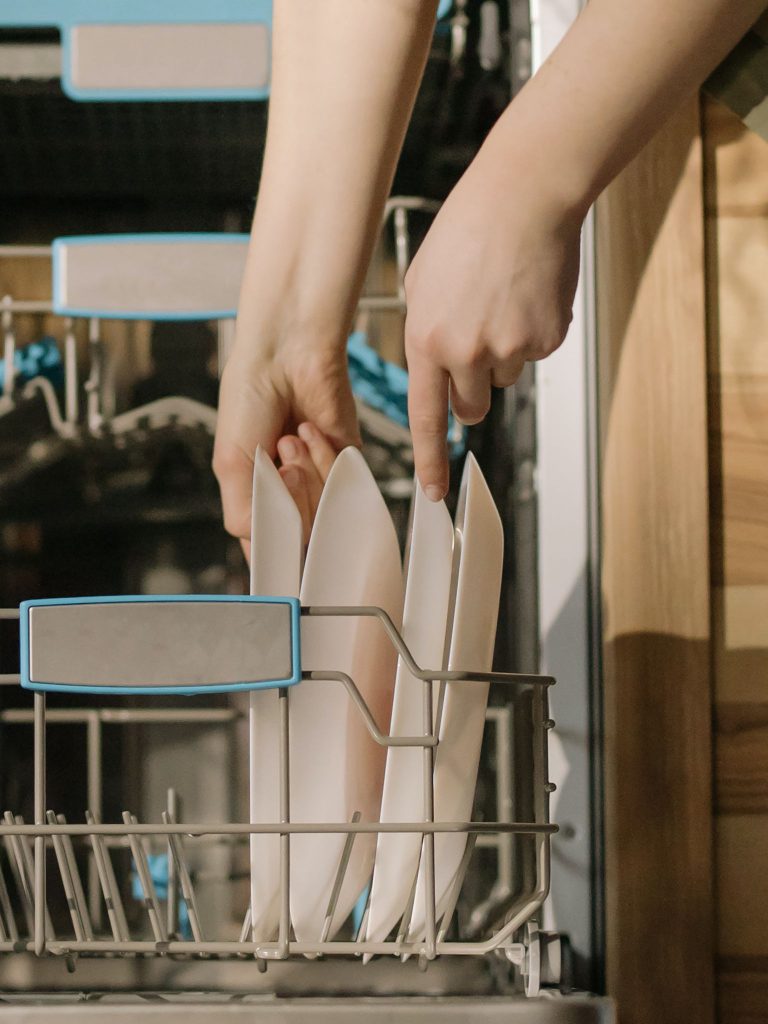Why Metal Buildings are the Best Choice for any store
It’s no secret that prefab metal buildings are the future in terms of brick-and-mortar business establishments. With nearly 80% of all new business construction projects being metal-based, more and more companies are taking advantage of the vast benefits steel has to offer. It’s a simple, cost-effective means to get your business off the ground with none of the headaches found in traditional building styles.
Wooden buildings have been a building staple for many generations, but they’re rigid, cumbersome, and come with a host of troubles not found in newer construction types. Contemporary wooden buildings can take months, if not years to erect, but commercial metal buildings can be assembled in mere days. There’s a reason superstores like Walmart, Costco, and Target have chosen steel structures as their go-to building solutions.

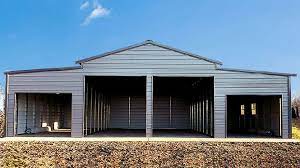
They are also built to last for decades and offer substantially more protection from harsh weather than the competition. Wooden structures are not known for holding up well to the forces of Mother Nature. Steel naturally flexes when faced with outer forces like wind, rain, and seismic activity, giving it the natural ability to withstand forces that would bring other construction types like wood or concrete to the ground. This is why many large bridges and infrastructural elements are constructed from steel.
And who doesn’t want to save the environment? Steel is 100% recyclable and a much easier resource to cultivate compared to wood. By choosing steel as your next building material, you’ll do your part to reduce your carbon footprint, save trees from the axe, and help reduce the over impacts of climate change.
Cost-Saving Advantages Commercial Metal Buildings Provide
Metal buildings possess far more qualities than just sheer good looks! Choosing to construct your business out of metal comes with a ton of extra benefits, with one of the most significant being the weight of your wallet. Custom metal buildings are considerably less expensive than traditional stick-built structures. And that’s just in terms of construction costs! But what about after the ribbon cut? Steel buildings require substantially less upkeep throughout their life, saving you money year after year on maintenance costs.

Steel buildings are forged from galvanized steel, making them resistant to rust, water damage, and pest infiltration. Wood burrowing insects like termites and carpenter bees are a non-issue with metal buildings.
What Types of Businesses Use Commercial Metal Buildings
Metal buildings aren’t just for carports, garages, or barns anymore! These structures are efficient, sturdy, and ready to take on just about anything you can throw at it! There are many types of businesses where metal excels over traditional building methods.
1. Offices
A prefabricated metal building is a fantastic choice when constructing office spaces. With the power and versatility of steel, you can pick a set of dimensions that works for your company size and design a customized workspace that fits all your needs.
2. Agricultural and Farm Buildings
Steel buildings are perfect for farmers hoping to find a long-lasting solution for housing their livestock. But that’s not the only use metal structures have to offer the farm! Metal buildings are perfect for both heavy equipment storage and protecting crops like corn or grain from the elements. Steel buildings even make great finished farmhouses!
3. Commercial Workshops
Steel buildings are naturally resistant to fire damage, making them an excellent choice for glassblowers, welders, metal workers, and any business that operates in hot, fire-prone environments. If you hope to open a garage, welding shop, or a mill, metal buildings are the right way to go!
4. Manufacturing Plants
Factories have long had the right idea to use metal buildings! When handling heavy, specialized equipment, it pays to have a facility that can quickly adapt to your needs. Metal structures possess this in spades. Additionally, clear span-style metal buildings offer tons of open square footage, giving your company ample room to prosper.
5. Commercial Aircraft Hangars
Much like the manufacturing sector, steel and metal structures have been a regular presence for decades. And for a good reason! By providing an abundance of available square footage to match the lengthy wingspans of most aircraft, metal buildings make perfect commercial aircraft hangars, giving owners ample room to taxi to their heart’s delight.
6. Restaurants
Unlike the others, most people won’t immediately think of metal buildings when it comes to their favorite eatery. But why not? Customizable metal buildings provide a spectacularly efficient means to build a restaurant. Steel structures offer plenty of dining room and kitchen square footage, as well as ample room for additional storage. And once finished, a restaurant can be designed to match any visual aesthetic.
7. Warehouses
Warehouses all require tons of open space to operate efficiently, and metal buildings provide that with ease! Clear span metal structures offer an incredible amount of open space, sometimes nearly matching the square footage of the entire building footprint. For warehouses that need ample storage room, steel buildings are the prime choice.
Conclusion
By now, the advantages of choosing to construct your next retail, office, or manufacturing space from steel should be so evident that you’ve stopped reading this piece and picked up a phone to start the design process with a representative. Metal structures provide the streamlined construction and versatility to get your business up and running in no time! Whether you operate a storefront, a business office, or a factory, metal is one the best ways to save you time, money, and stress.
And the benefits won’t end after construction is completed! You’ll continue to save untold sums in terms of repair, maintenance, and general upkeep costs compared to similarly sized stick-built buildings. Wood frames and shingles simply won’t ever size up to the sheer might of American galvanized steel. They can’t compete in terms of resistance to the elements, and they won’t ever beat the longevity steel provides.



